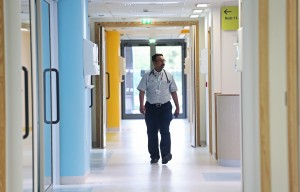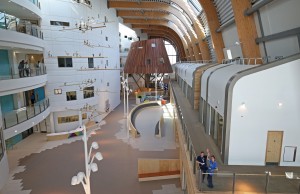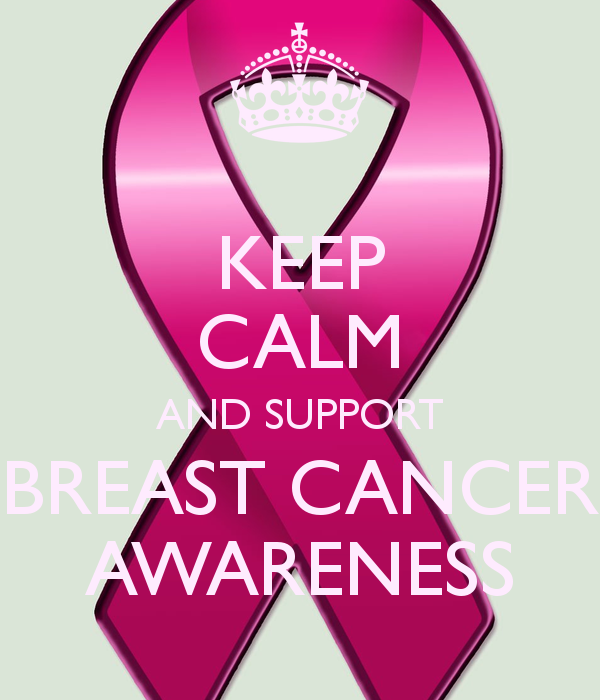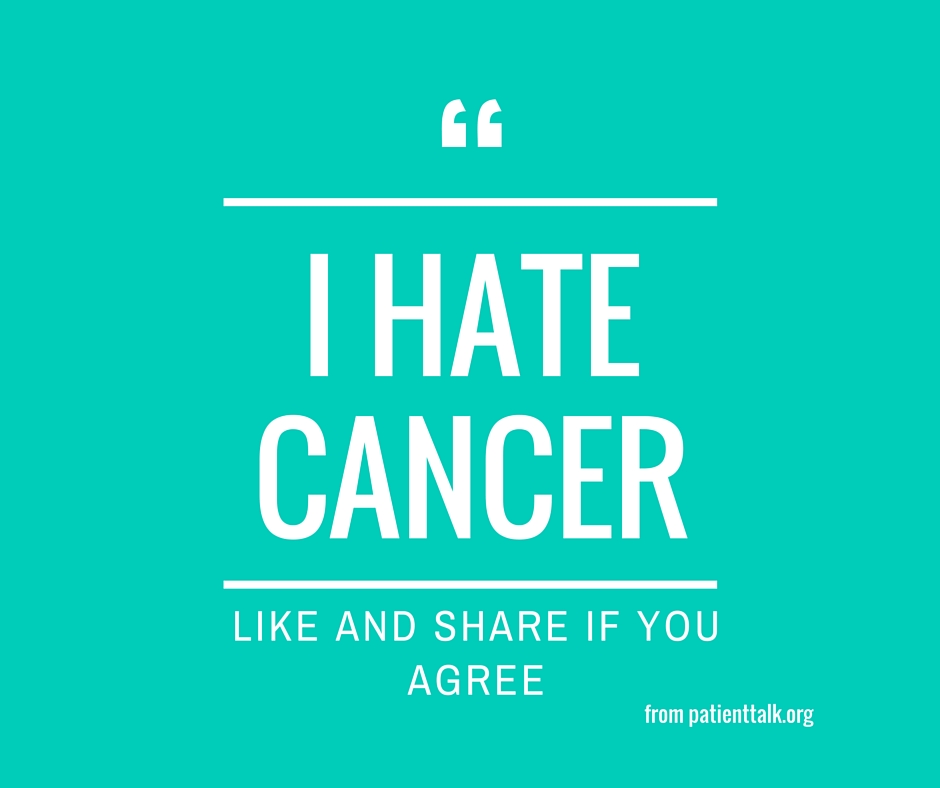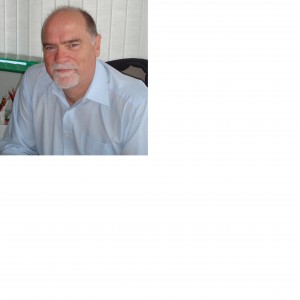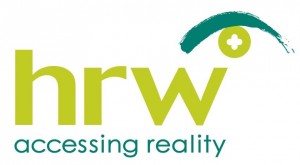-
Children’s designs inspire Europe’s first hospital in a park.
-
£250m scheme includes a brand new state of the art hospital along with a dedicated research, education and innovation facility.
Alder Hey Children’s Hospital will start its move into a brand new state of the art facility tomorrow.
The new ‘Alder Hey in the Park’ will feature a uniquely designed children’s hospital alongside a dedicated children’s research and innovation facility, creating a leading-edge Centre for children’s healthcare and research. The entire hospital will relocate during a five day move from 2nd to 6th October.The new state-of-the-art hospital within ‘Alder Hey in the Park’, has been inspired and designed with the help of children and young people.
It will have 270 beds, including 48 critical care beds for patients in ICU, HDU and Burns, together with 16 digitally enhanced operating theatres. The majority of children and their families will have their own room and en-suite facilities; with each ward equipped with its own kitchen providing freshly cooked food to order.
Europe’s only hospital in a park, the unique design of the building will provide a pleasant healing environment for children and young people. Almost all bedrooms have park views and patients will have easy access to play areas on and outside their ward. Alder Hey’s old buildings will be demolished and replaced by parkland, leaving a new hospital sitting in the heart of Springfield Park, with views of green space or parkland from every patient’s window.
The designs for the new world class facility have been inspired by children. Over 900 young people taking part in the initial consultation; with one patient, Eleanor Brogan, inspiring the architects final design with her drawing. Alder Hey in the Park has been designed to meet the expectations of patients who wanted to be looked after in a place that was fun, helped them recover quickly and most importantly didn’t look like a hospital. A Children and Young People’s Design Group have continued to have their say throughout the design process on everything from the colour of their room, to the artwork displayed in the new hospital and what the wards should look like.
Alongside the new hospital, Alder Hey has also built an innovative Research and Education Facility. The new facility will place Alder Hey and Liverpool as a national and international leader in the development of safer and more effective medicines for children and young people. The new facility will allow researchers and clinicians to work with industry to develop safer, better medicines and therapies for children to use in the NHS and throughout the world.
Alder Hey Children’s Charity is helping to transform this NHS hospital into a world-class facility. The Charity has already raised over £20m towards the new hospital, providing lifesaving equipment, funding for vital research and patient experience initiatives. Alder Hey Children’s Charity continues to raise much needed funds to create a truly patient friendly environment and support cutting edge innovation and research.
Alder Hey is one of the UK and Europe’s largest children’s hospitals and celebrated its centenary last
year. During its 101 year history, the hospital has led the way in a number of significant medical breakthroughs and advancements including being the first hospital to test Penicillin, saving a child from pneumonia in 1944; the first hospital to establish a neonatal unit in the UK; the first to cure the UK’s most commonly encountered congenital heart defect; as well as pioneering various splints and appliances including the Thomas Splint.The move to the new building has been meticulously planned over the past 18 months to ensure a safe and smooth transition for Alder Hey patients and their families. All non-emergency activity during the move to the new hospital will be reduced. However, the hospital’s Emergency Department will remain open, officially relocating to its new home in the early hours of Sunday 4th October.
As a specialist hospital, Alder Hey currently provides 275,000 episodes of care to children and young people every year as one of Europe’s biggest and busiest centres of excellence for children with cancer, heart, spinal and brain disease.
Watch this video for a sneak peak of the new Alder Hey hospital’s state of the art facilities.
We interviewed Rick Turnick of Alder Hey to tell us more.
PATIENTTALK.ORG Can you tell me a little bit about the history of the hospital?
Rick Turnick – The old hospital was built in 1914 so it’s just over 100 years old. Originally as a children’s hospital but then during both the 1st World War and the 2nd World War we took injured soldiers as well. Obviously since the 2nd World War it’s been a children’s hospital. It’s grown into one of the biggest and busiest in the UK and Europe. During that time we were the first children’s hospital to use penicillin. We were the first children’s hospital worldwide to develop general anaesthesia safely in children and the first in the world to have a purpose built unit to deal with surgery and new born babies.
PATIENTTALK.ORG What is the role of the charity?
Rick Turnick – The charity’s technically a separate organization although it’s housed within the building, both the old one and the new one but the new hospital has been funded mainly through NHS money. What the charity does is they are able to enhance the facilities, so for instance we’ve developed a system of ward based chefs in the new hospital so the children will have bespoke meals cooked for them when they want them, things that they want to eat , we’ve been able to upgrade the beds that we are able to provide, both the ordinary beds in the main ward but also on the critical care unit, they’ve helped us make sure that our operating theatres are absolutely cutting edge and they have helped with developing systems within the operating theatres and also other things like our hydrotherapy pool, the garden that’s both outside and inside the new hospital and the sort of entertainment we are able to offer the children in their cubicles and outside as well, the arts program.PATIENTTALK.ORG And who will the hospitals serve?
Rick Turnick – Well we have all the children’s beds for the north Liverpool north Merseyside complex so that’s children who are just local with acute illnesses but we also serve a regional population in north west of England but we take patients from all over the UK we take patients from Ireland, we take patients from other parts of Europe and further afield as well.
PATIENTTALK.ORG Why a children’s hospital rather than one for all ages?
Rick Turnick – Well children have different diseases from adults so the reason for a children’s hospital rather than an adult or all ages one means that we can make sure that the environment is safe and effective for their treatment, it means that we can shape the whole ethos and ambiance of the hospital around children and their families rather than having it as a sort of bolt on extra to an adult type hospital.
PATIENTTALK.ORG How will the new building improve healthcare?
Rick Turnick – Well it will improve healthcare by the fact we have been able too not only make everything cutting edge technology at the top end but also that we are able to ensure that our patient flows work properly and the other main factor is when you are working in a 100 year old building keeping it clean just is a mammoth task and at the new hospital we’ve designed it so that infection control and prevention will be one of our key strategies to really nail them and get it absolutely the best.
PATIENTTALK.ORG What conditions will be treated?
Rick Turnick – The conditions that we treat will be everything that a child might have the misfortune to suffer from, from the usual sort of respiratory tract problems that occur in winter through to the most severe forms of cancer, children’s heart surgery, to treating tiny babies, a whole range of children will be treated at Alder Hey.
PATIENTTALK.ORG And what’s the difference between a children’s ICU and a normal ICU?
Rick Turnick – With children’s ICU again its dealing with different diseases so everything is focused, the staff are trained in the treatment of different illnesses, the equipment’s has to be scaled up or down because we treat everything from tiny new-born babies weighing a couple of pounds through to adolescents who are sort of adults sized so it’s got to be much more flexible then an adult ICU and the range of illnesses that you deal with on a children’s ICU is very, very wide as opposed to an adult ICU where you really only have fewer conditions that you have to treat.
PATIENTTALK.ORG And last and final question, what are the current research projects?
Rick Turnick – The current research projects will be focused around our adjacent new research & education building, we host the NAHR medicines for children’s program for the whole of the UK, we’ve got research projects in every area of children’s medicine but practically through our cancer, our oncology, that’s been very strong. hydro therapy pool Orthopaedics, neurosurgery, rheumatology really everything. We want to weave research through the whole hospital in everything we do.
